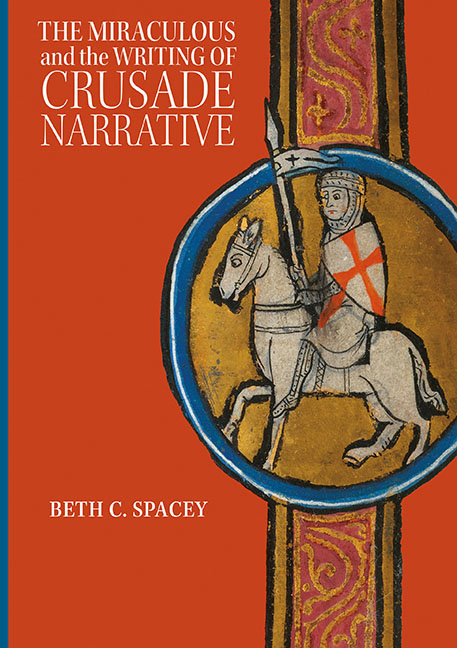Summary
Divine will represented the theoretical keystone for Latin Christian justifications of the crusading movement. It was the belief that God ‘willed it’, in the minds of contemporaries, that elevated crusading above internecine and inherently sinful warfare. Consequently, in narrative accounts of crusades, miracles, visions and signs were among the most effective means of communicating the divine agency that lay at the heart of conceptualisations of such endeavours. This is because the phenomena were by definition reliant on divine power; in order for the miraculous to occur, Creation had to be harnessed by its creator. Thus, divine potency was a common feature of miracle and crusade. Indeed, it is this principle of God's agency that enabled the authors of crusade narrative to portray crusades as miracles.
I have argued in this book that authors employed miracles, visions and signs, as instances of visible (and sometimes tangible) and communicative divine agency, in the service of varying narrative agendas. The implications of these findings are significant, as they reveal that the crusades, or rather, contemporaneous perceptions of crusading, presented particular challenges for authors for which the miraculous offered solutions. Miracles and other divine phenomena could answer questions about the divine disposition in relation to a particular campaign, demonstrating the legitimacy of a given expedition and its participants. Through their implied association with the divine, they were powerful tools for authors who sought to compose panegyrics or defensive records of an individual's deeds. They could offer proofs of the otherwise unknowable, such as the reality of crusader martyrdom and the condition of a crusader's soul after death. They could situate events within the trajectory of sacred history and authenticate relics. In short, they were multifaceted, plastic narrative tools for the authors of crusade narrative.
A recurring theme in this book has been the ways in which the authors of crusade narrative drew upon and applied theoretical authorities pertaining to the miraculous. Examining different authors’ recourse to these authorities – mainly Augustine, Macrobius and Isidore of Seville – has made it possible to situate these narratives in relation to their intellectual milieu. Importantly, it has also allowed this book to demonstrate how these authors might evoke these authorities in the support of their narrative agendas, as when Gunther of Pairis draws heavily of Macrobian dream theory in support of his justification of Abbot Martin of Pairis’ actions on the Fourth Crusade.
- Type
- Chapter
- Information
- The Miraculous and the Writing of Crusade Narrative , pp. 153 - 156Publisher: Boydell & BrewerPrint publication year: 2020



